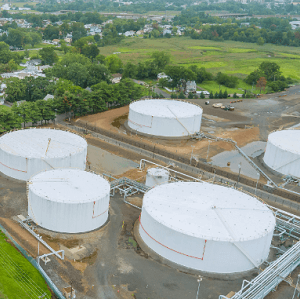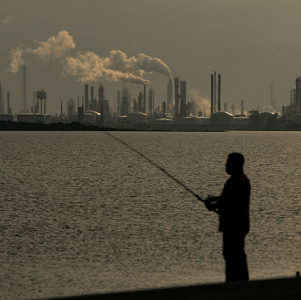Recent research highlights persistent disparities in cancer risk due to air pollution, disproportionately affecting minority communities. The study, led by Patrick Hurbain, PhD, from the Desert Research Institute, analyzed data from the U.S. Environmental Protection Agency’s Air Toxics Screening Assessment between 2011 and 2019. The findings reveal that urban areas with higher proportions of racial minorities face significantly higher cancer risks from air pollution compared to predominantly White communities.
The study found that communities with the highest estimated cancer risk, such as those in southern Louisiana, had significantly more Black and Hispanic residents. This racial disparity was less pronounced in rural and suburban areas, where White populations showed higher cancer risk burdens. Dr. Hurbain emphasized the influence of social makeup on air pollution risk, noting that racial demographics showed stronger correlations with disparities than income or education levels.
Interestingly, the study observed that racial disparities in cancer risk peaked in 2011 and have since improved, suggesting that air pollution control measures are becoming more effective. However, disparities in lower-income communities have remained consistent over time, indicating that economic factors continue to play a significant role in health outcomes related to air pollution.
These findings underscore the need for targeted interventions to address the ongoing health disparities faced by minority and economically disadvantaged communities. As air pollution control measures evolve, it is crucial to ensure that all communities benefit equally from improvements in environmental health.
See: “Regional Racial Economic Disparities in Air Pollution Related Cancer Risk May Be Improving but Still Persist” (December 4, 2024)



